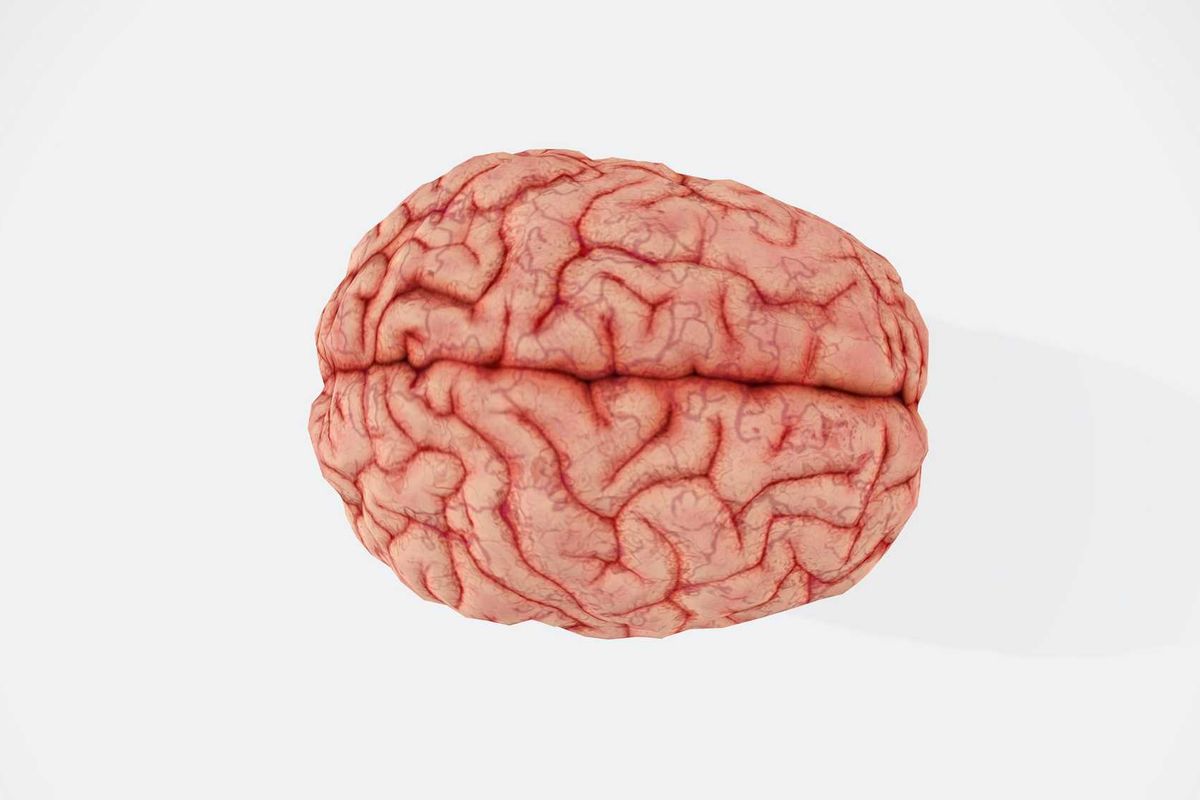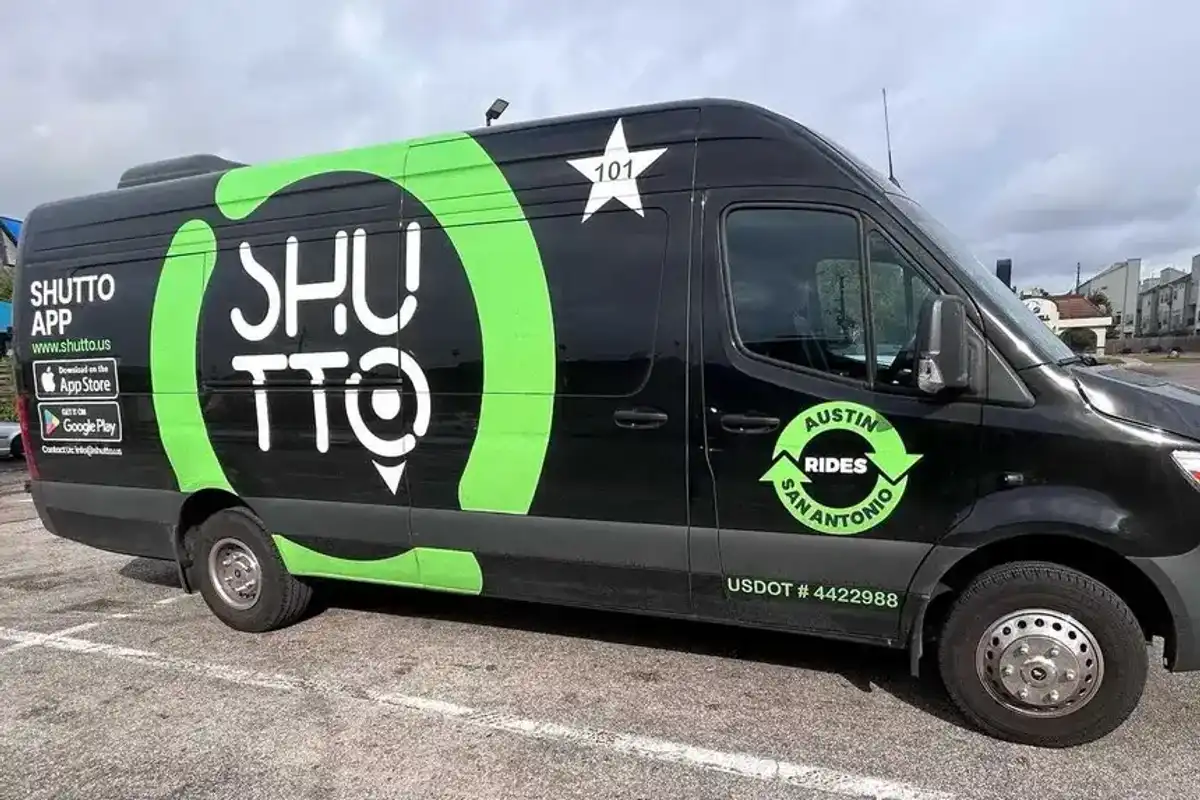Over a quarter of a million United States military veterans call Houston home, and that number is growing.
"Houston has the second largest and fastest growing veteran population in the country," says Reda Hicks, a Houston entrepreneur and military spouse herself. "That's a very significant chunk of our city to share an affinity, and it's not something Houston has talked about."
For its large veteran population, Houston was selected in January 2018 as the third location to set up a chapter of Bunker Labs, an acceleration and incubation organization for military-affiliated entrepreneurs.
"Our whole goal is to help empower military-affiliated people to start and grow businesses," says Hicks, who is one of the Houston leads for the program, a lawyer, and the founder of GotSpot Inc.
The program provides resources for veterans, military spouses, or anyone whose lives were affected by a family member in the military. Bunker Labs provides a digital platform for early-stage ideas called Launch Lab that's used by hundreds annually, and also has face-to-face programming through its Veterans in Business program hosted through WeWork.
"It can be the case that veterans can feel siloed, and it's wonderful to have those people around you who can really understand you, but for businesses to grow, they have to really understand the ecosystem they live in," Hicks says.
In honor of Veterans Day, here are a few Houston veteran entrepreneurs to know.
Dyan Gibbens, founder and CEO of Trumbull Unmanned

Dyan Gibbons translated her Air Force experience with unmanned missiles into a drone services company. Courtesy of Alice
Dyan Gibbons found her dream career in the United States Air Force Academy. She served as engineering acquisitions officer managing stealth nuclear cruise missiles, and even went on to supported Air Force One and Global Hawk UAS engineering and logistics. After her years of service, she transitioned into the reserves, when she discovered she was ineligible to serve again. She went back to the drawing board to recreate herself — this time, as an entrepreneur.
She went into a doctorate program — she already had her MBA — and was close to finishing up when her drone startup took flight. Trumbull Unmanned provides drone services to the energy sector for various purposes. With her experience as a pilot and managing unmanned missiles, she knew the demand for drones was only growing — and, being from Texas, she knew what industry to focus on.
"I wanted to start a company that uses unmanned systems or drones to improve safety and improve the environment and support energy," Gibbons tells InnovationMap in a previous interview.
Nicole Baldwin, chief visionary officer and founder of Biao Skincare

Photo via toryburchfoundation.org
Before founding her tech-enabled, all-natural skincare line, Biao, Nicole Baldwin served in the Army Civil Affairs Units and was deployed to Bagram, Afghanistan. In honor of Veterans Day, she shared on Facebook an image of her with young girls outside the compound she lived in.
"I often tell people not to thank me for my service, because I don't feel like I should be thanked for doing something I genuinely wanted to do," she writes in the post. "I am grateful every moment of my life knowing that I did all the things in and out of uniform that was felt from the heart."
Baldwin's company, which uses a skin-scanning technology has taken off, and she's participated in Houston's Bunker Labs programming, and she has also been a Tory Burch fellow and appeared on Shark Tank.
Brett Rosenberg, founder of Semper Fi Systems

Photo via LinkedIn.com
Brett Rosenberg spent a few years in the U.S. Air Force before he took his experience from national security to a different kind of security.
Rosenberg's startup is another one utilizing the resources of Houston's Bunker Labs. Semper Fi Systems takes information security experts' knowledge and machine learning solutions to optimize cybersecurity and avoid regulatory financial exclusion.
Nathan Wilkes, CEO of Guidon Holdings

Photo via LinkedIn.com
After four years in the U.S. Army based in Georgia, Nathan Wilkes enrolled in business school at Texas A&M University. It was during the program when he founded Guidon Holdings, a Cypress-based aggregates company that — through screening, washing, separating, clarifying, and much more — can turn a natural resource that is considered waste into something of value.
Wilkes is also a West Point Academy graduate and a member of the 2019 Bunker Labs Houston cohort.
Tim Kopra, partner at Blue Bear Capital

An U.S. Army vet, Tim Kopra spent over 244 days in space, and now he's using his tech background to invest in emerging energy companies. Courtesy of Tim Kopra
Before he spent a career total of 244 days in space, Tim Kopra first served his country in the United States Army. Nowadays, he serves the Houston innovation ecosystem as an investor and adviser to startups and entrepreneurs in the energy tech industry.
As a partner at venture fund Blue Bear Capital, Kopra uses his experience in the Army and in space to do figure out if entrepreneurs have what it takes to go the distance and if their technology is worth investing in.
"On face value, it may sound like an odd match, taking someone with a tech and operational background and putting them in venture, but quite frankly it feels very familiar to me because my career has really been focused on working on complex technology and operations with very small teams," tells InnovationMap in a previous interview. "It's not just a theoretical understanding of the technology, but understanding how to use the technology and how it works."





